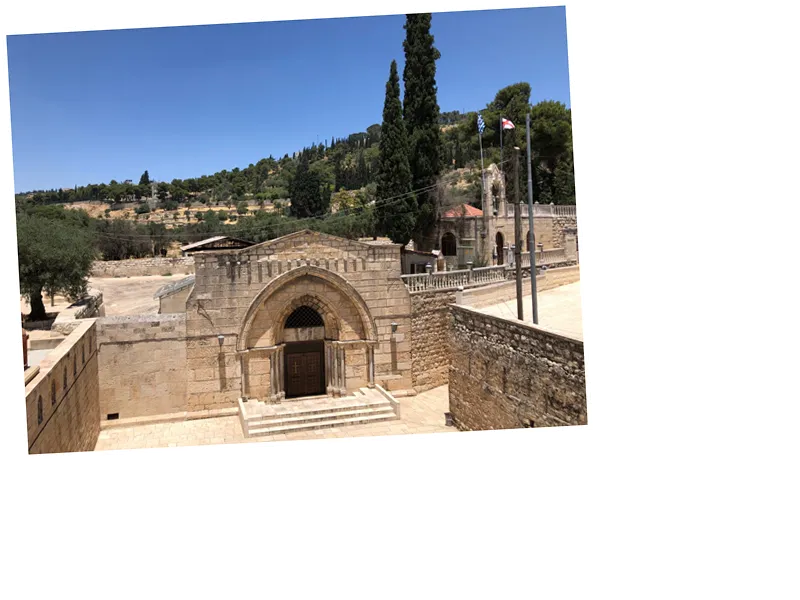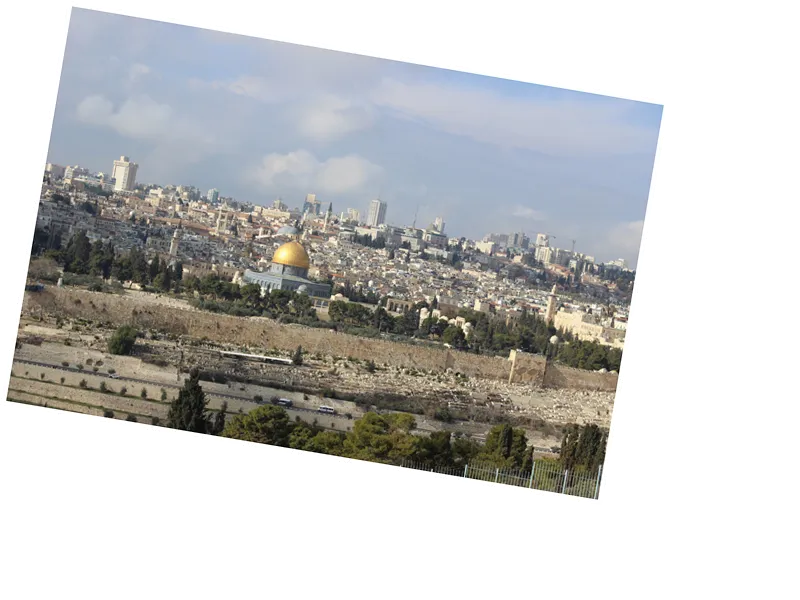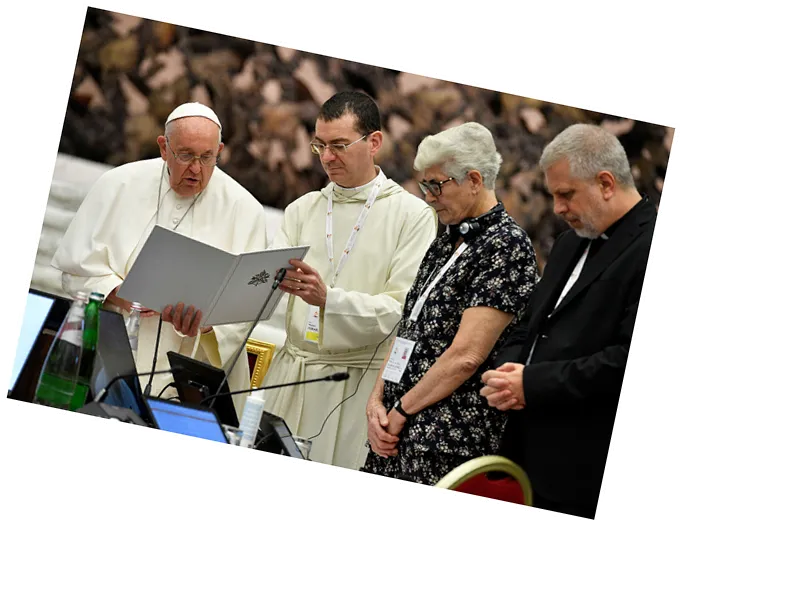The Historical Significance of the Church of the Tomb of Mary
The Church of the Tomb of Mary, located on the slopes of the Kidron Valley in Jerusalem, is a pivotal site in Christian tradition. Built on the site believed to be the burial place of the Virgin Mary, this church dates back to the fifth century AD and has undergone numerous reconstructions throughout its history. According to Christian beliefs, Mary was taken up to heaven by angels three days after her death, making this church a revered shrine rather than a traditional burial site. The church features altars for both the Armenian and Orthodox communities, and it includes the tomb of the Crusader Queen Melisende among other significant shrines.
Celebrations of the Feast of the Assumption
Each year, the Church of the Tomb of Mary hosts grand celebrations for the Feast of the Assumption, commemorating the Virgin Mary's ascension to heaven. These festivities occur in mid-August and include religious services, readings from the Gospels, and solemn processions with a statue of Mary. This event is not only significant locally but is recognized as an official holiday in various countries, including France, Italy, Lebanon, and Syria, showcasing the church's importance in the global Christian community.
Ongoing Challenges and Shared Heritage
Despite its historical and religious significance, the Church of the Tomb of Mary has faced challenges, including recent attacks from Israeli settlers. These incidents highlight ongoing tensions in Jerusalem, where places of worship are often at risk. However, the church remains a symbol of shared heritage, with Islamic narratives also recognizing the Virgin Mary's importance. The presence of a mihrab within the church signifies its dual significance for both Christians and Muslims, illustrating the rich tapestry of religious history in the region.
- The Church of the Tomb of Mary has been a focal point for both Christian and Islamic traditions. While Christians celebrate Mary's ascension, Muslims honor her as a symbol of purity, with the Qur'an mentioning her story in various contexts. The site's shared religious significance is further emphasized by the historical accounts of Caliph Omar bin Al-Khattab, who prayed in the church after the Muslim conquest of Jerusalem in 638 AD. In recent years, the church has unfortunately been a target of vandalism and attacks, reflecting the broader tensions within the region. The international community has condemned these acts, calling for the protection of religious sites and the promotion of interfaith dialogue.






